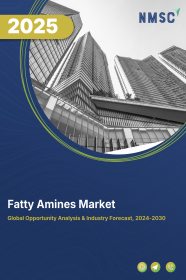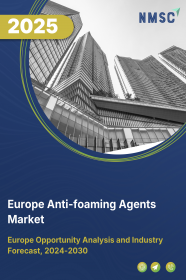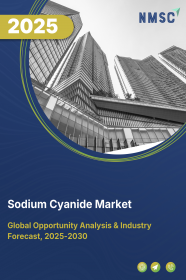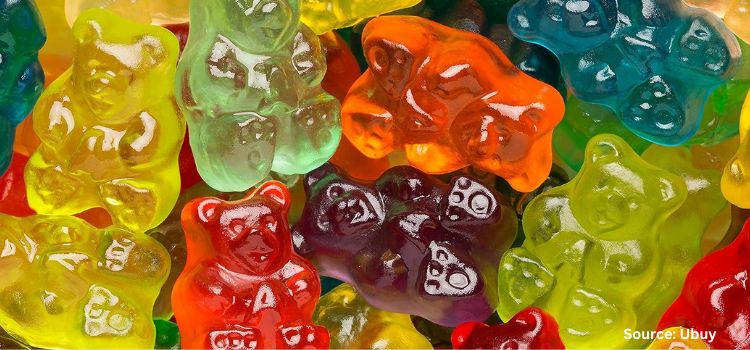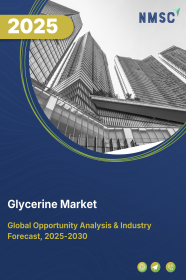
Glycerine Market by Source (Natural and Synthetic), by Grade (USP Grade, Technical Grade, and Others), and by Application (Personal Care, Food & Beverages, Pharmaceuticals, Polyether Polyols, Chemical Intermediate, Tobacco, and Others)-Global Opportunity Analysis and Industry Forecast 2025-2030
US Tariff Impact on Glycerine Market
Trump Tariffs Are Reshaping Global Business
Glycerine Market Overview
The global Glycerine Market size was valued at USD 3.47 billion in 2024 and is predicted to reach USD 5.86 billion by 2030 with a CAGR of 5.8% from 2025-2030.
The glycerine market is driven by elements such as increase in personal care industry, rise in chemical sector, and increase in pharmaceutical industry. The availability of glycerol substitutes, such as sorbitol and butylene glycol, restrains the sector’s growth. On the other hand, the inclination tends to shift towards sustainable and greener solutions is helping to create enough opportunities of the market in future.
Rise in Personal Care Sector Drives the Glycerine Market Expansion
The increase in the personal care sector propels the growth of the market globally due to the rising demand of the consumer regarding natural and effective composition needed in skin care products.
Due to its moisturizing and hydrating properties glycerine is highly valued in within this sector. The Global Wellness Institute states that, the estimated revenue for personal care and beauty industry reached $1142.1 billion in 2022 rising from $1,212.7 billion in 2023, marking a growth of 6.2%. The regular expansion taking place in this industry grows the demand of glycerol.
Rise in Chemical Industry Worldwide Propels the Glycerine Market Demand
The rise in the production of various chemicals and derivatives drives the glycerine market growth due to the widening chemical sector. Glycerol acts as a key ingredient in most applications, such as solvents, plasticizers, surfactants, and lubricants, that are vital to the chemical industry.
As per the European Chemical Industry Council, world chemical sales in 2023 reached $5,627.74 billion. This increasing demand in the chemical sector, along with crude glycerine’s role is vital in chemical processes which is expected to further drive the expansion of the market.
Rise in Pharmaceutical Sector Drives the Market Growth
The pharmaceutical industry is further driving the growth of the glycerine sector due to its reach which is used in medicines, as a humectant agent, solvent, and stabilizing agent in different formulations.
Glycerol is valued highly in pharmaceuticals for its ability to preserve the texture, moisture, and medicinal stability, as well as its non-toxicity and compatibility with active ingredients. The increasing demand for both over-the-counter, especially in developing regions, that is massively contributing to the rising demand for glycerol in the pharmaceutical industry.
Presence of Alternatives Hinders the Growth of the Market
The availability of alternatives for glycerol including sorbitol, butylene glycol, and others importantly hinders the growth of the glycerine market. These alternative products often offer same compositions at a lower cost or with better performance in most applications making them favourable choices for industries. Due to that, the widespread application of these alternatives limits the need for glycerol posing a crucial restraint to the market's expansion.
Introduction of Bio-based Sources Creates Ample Opportunities
The inclining shift towards sustainable and greener solutions is creating enough opportunities in the future for the glycerine market trends. The enterprises shift towards greener alternatives, glycerine that comes from bio-based sources is better as a raw material for biofuels and production of energy. Glycerol is a byproduct of biodiesel production, that is used in energy applications, including as a feedstock for renewable energy solutions, continues to grow.
Market Segmentations and Scope of the Study
The glycerine market report is segmented on the basis of source, grade, application, and region. Based on source, the market is divided into, natural and synthetic. On the basis of grade, the market is divided into USP grade, technical grade, and others. Based on application, the market is segmented into refractories, batteries, lubricants, foundries, decarburising, and others. Based on end-user, the market is divided into aerospace, petrochemical, energy, food, transportation, defense, and others. Regional breakdown and analysis of each of the aforesaid segments includes regions comprising of North America, Europe, Asia-Pacific, and Rest of The World (Row).
Geographical Analysis
The Asia-Pacific region is the leading the glycerine market share in the forecasted period and is to continue dominating its role as there is growth in demand for chemicals in the region. Glycerine derivates are a critical component in the production of other chemical ingredients that play a vital role in the chemical industry.
According to the CEFIC, China controlled chemical sales all over the world in 2023 making a sale of USD 2549.17 billion. The increase in the chemical industry, coupled with industrialization and higher production of chemicals within the region, even more intensifies the need for glycerine.
Moreover, the increasing personal care sector is driving the growth of the market further in the region, due to its increasing consumer need for natural, effective and moisturizing ingredients in beauty and skincare products. In India as per the Ministry of Commerce and sector, the market for skincare products, was estimated to be at $ 6.53 billion in 2022 and is projected to grow to $ 8.84 billion by 2027, that shows an overall annual growth rate of 6.25%.
On the other hand, North America is estimated to grow intensively in the glycerine industry during the forecast period. In North America the pharmaceutical sector drives the market growth. Due to regular usage of glycerol during the production of different pharmaceutical formulations, that includes medications, topical treatments and syrups.
According to the report published by the European Federation of Pharmaceutical Industries and Associations, North America estimated for 53.3% of world pharmaceutical sales in 2023. The pharmaceutical sector continues to rise, due to the demand for glycerol in North America which is expected to grow, which propels the market for the future.
Moreover, the food and beverages industry drive the glycerine industry growth due to its widespread use in the region which is used in food processing and formulation. Glycerol that is used as a humectant, preservatives and as a sweetener in most of the food products that includes sectors such as confectionery, beverages and baked items.
As per the report released by Restaurants Canada states that, Canada’s foodservice industry is expected to rise USD 120 billion in 2024, up by 4.9% compared to 2023. Due to this the growth in F&B sector tends to largely contribute to the rising demand of glycerol, boosting market growth in the region.
Competitive Landscape
Various market players operating in the glycerine industry includes Cargill Incorporated, Kraton Polymers, Wilmar International, Solvay S.A., P&G Chemicals, Oleon NV, Emery Oleochemicals LLC, The Dow Chemical Company, Vantage Specialty Chemicals, Vance Group Ltd., Kao Corporation, Godrej Industries Limited, ADM, KLK Oleo, Cremer Oleo GmbH & Co. KG and others. These companies are adopting strategies such as product launches to remain dominant in the sector.
For instance, BASF coupled with ORLEN Południe in May 2023, to regulate glycerol as a by-product of biodiesel production for creating renewable propylene glycol. This idea regulates the use of glycerine in chemical production processes that is eco-friendly, supporting the increasing demand for sustainable alternatives in the chemical industry.
Moreover, the DOWSIL ES-5600 Silicone Glycerol Emulsifier launched by DOW, that is a bio-based product that is made for PEG-free formulations in March 2023. It creates stable water-in-oil emulsions and water-in-silicone, offering advanced sensory benefits. This emulsifier is better for skin care applications, color cosmetics, sun care formulations, and anti-aging products, showing Dow's commitment to innovative and sustainable solutions of personal care.
Key Benefits
-
The report provides a quantitative analysis and estimations of the glycerine industry from 2025 to 2030, which assists in identifying the prevailing market opportunities.
-
The study comprises a deep-dive analysis of the current and future glycerine market trends to depict prevalent investment pockets in the sector.
-
Information related to key drivers, restraints, and opportunities and their impact on the market is provided in the report.
-
Competitive analysis of the key players, along with their market share is provided in the report.
-
SWOT analysis and Porters Five Forces model is elaborated in the study.
-
Value chain analysis in the market study provides a clear picture of the roles of stakeholders.
Glycerine Market Key Segments
By Source
-
Natural
-
Synthetic
By Grade
-
USP Grade
-
Technical Grade
-
Others
By Application
-
Personal Care
-
Food & Beverages
-
Pharmaceuticals
-
Polyether Polyols
-
Chemical Intermediate
-
Tobacco
-
Others
By Region
-
North America
-
The U.S.
-
Canada
-
Mexico
-
-
Europe
-
The U.K.
-
Germany
-
France
-
Italy
-
Spain
-
Denmark
-
Netherlands
-
Finland
-
Sweden
-
Norway
-
Russia
-
Rest of Europe
-
-
Asia-Pacific
-
China
-
Japan
-
India
-
South Korea
-
Australia
-
Indonesia
-
Singapore
-
Taiwan
-
Thailand
-
Rest of Asia-Pacific
-
-
Rest of the World (RoW)
-
Latin America
-
Middle East
-
Africa
-
Key Players
-
Cargill Incorporated
-
Kraton Polymers
-
Wilmar International
-
BASF SE
-
Solvay S.A.
-
P&G Chemicals
-
Oleon NV
-
Emery Oleochemicals LLC
-
The Dow Chemical Company
-
Vantage Specialty Chemicals
-
Vance Group Ltd.
-
Kao Corporation
-
Godrej Industries Limited
-
ADM
-
KLK OLEO
-
CREMER OLEO GmbH & Co. KG
REPORT SCOPE AND SEGMENTATION:
|
Parameters |
Details |
|
Market Size in 2024 |
USD 3.47 Billion |
|
Revenue Forecast in 2030 |
USD 5.86 Billion |
|
Growth Rate |
CAGR of 5.8% 2025 to 2030 |
|
Analysis Period |
2024–2030 |
|
Base Year Considered |
2024 |
|
Forecast Period |
2025–2030 |
|
Market Size Estimation |
Billion (USD) |
|
Growth Factors |
|
|
Countries Covered |
28 |
|
Companies Profiled |
15 |
|
Market Share |
Available for 10 companies |
|
Customization Scope |
Free customization (equivalent to up to 80 working hours of analysts) after purchase. Addition or alteration to country, regional, and segment scope. |
|
Pricing and Purchase Options |
Avail customized purchase options to meet your exact research needs. |







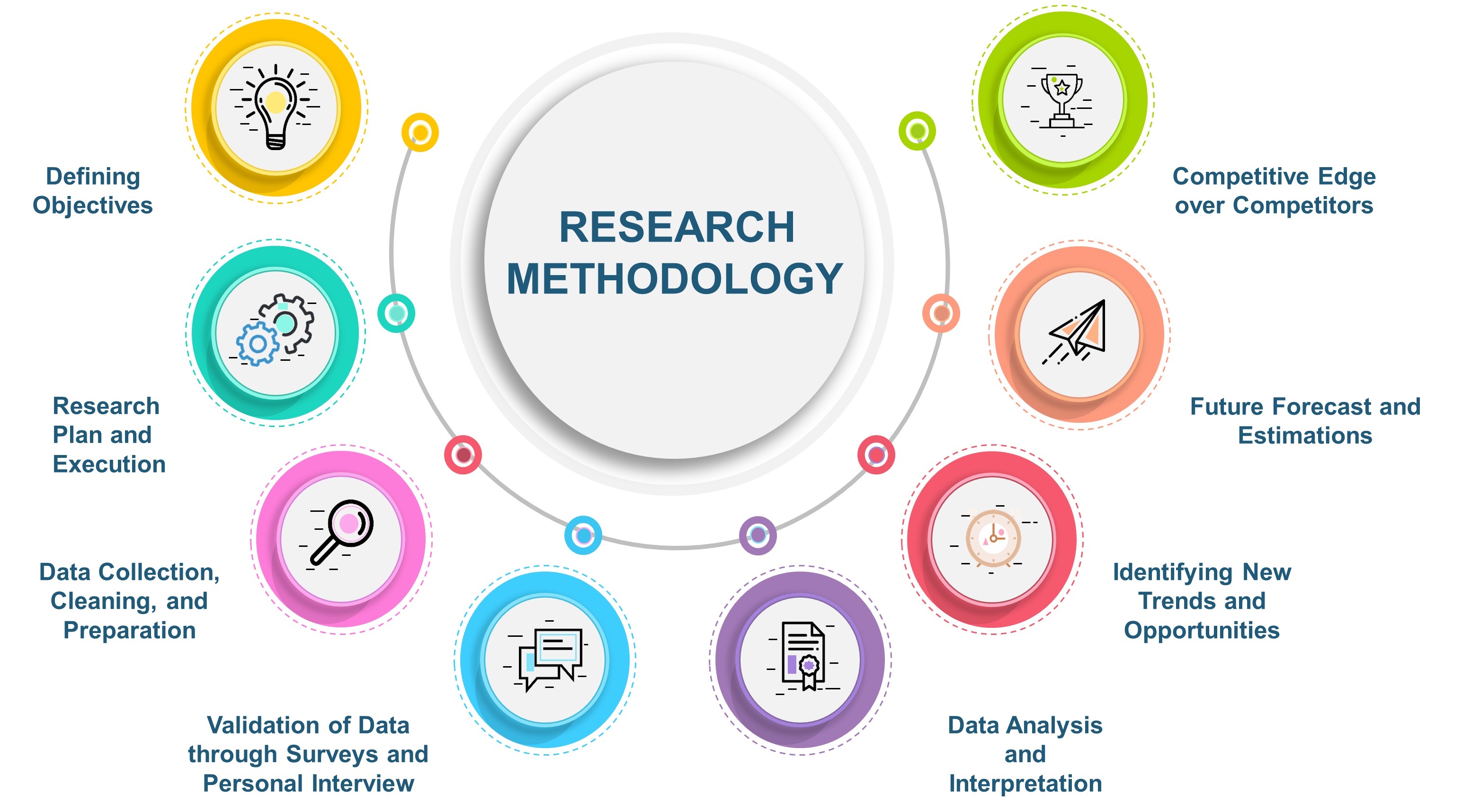
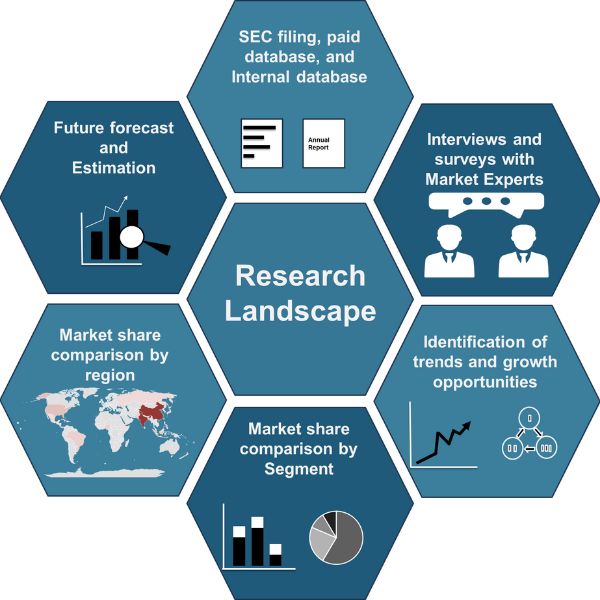





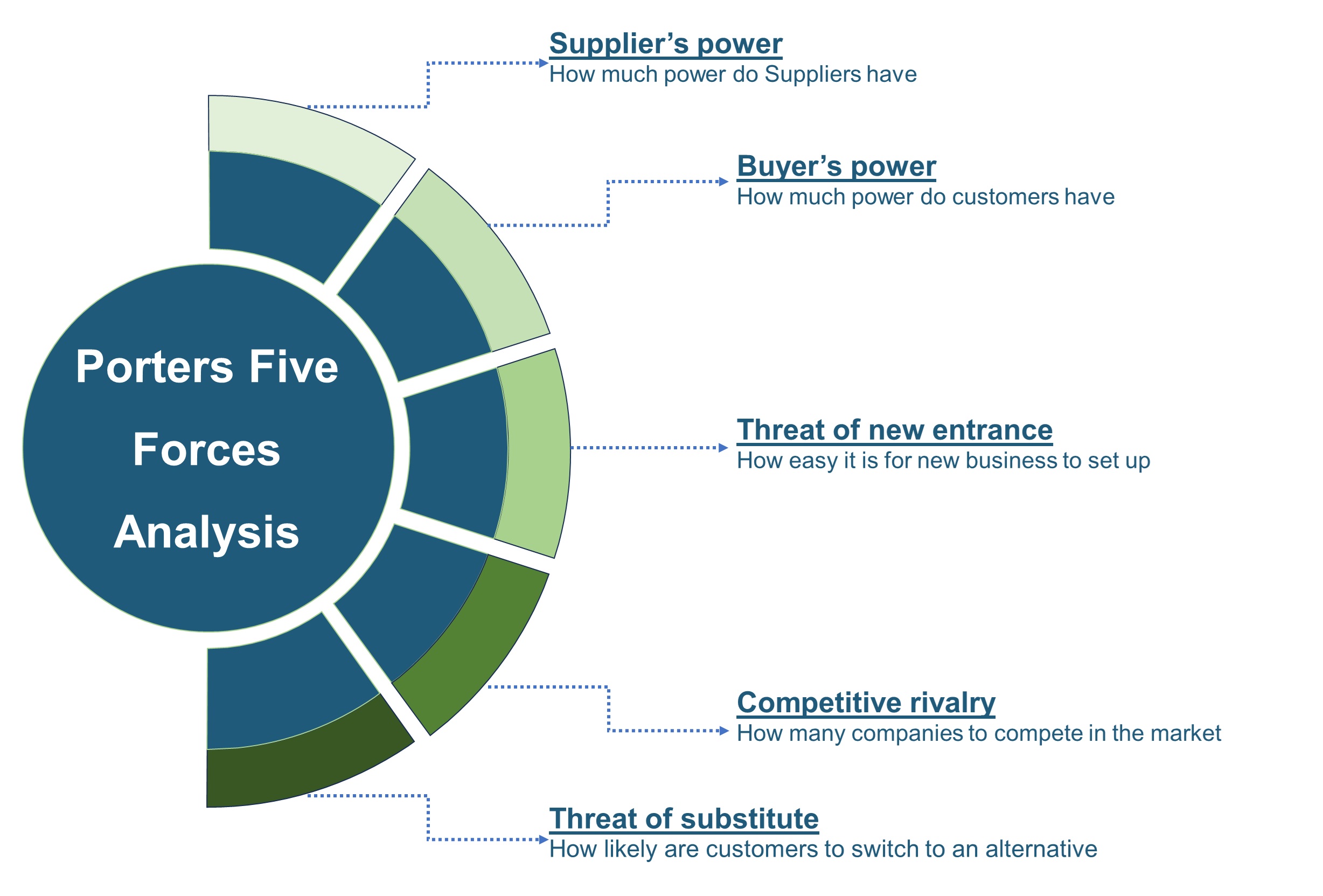

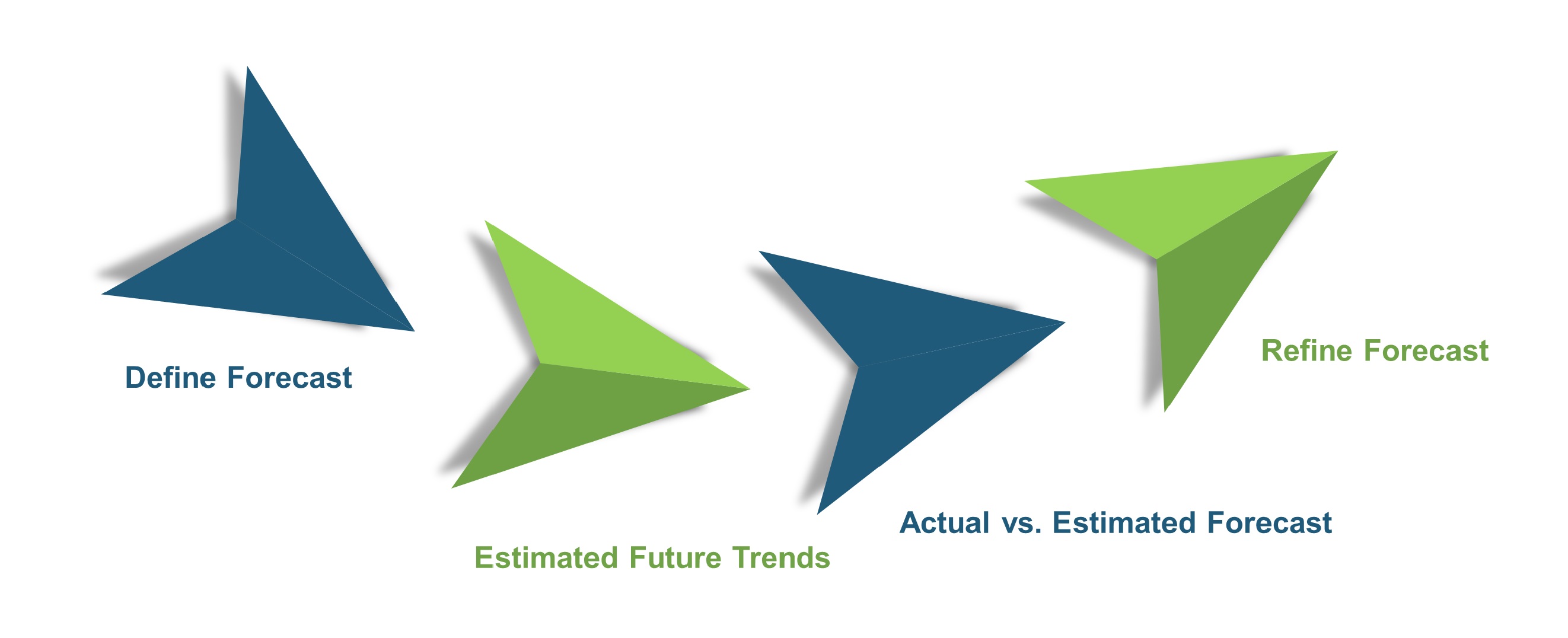
 Speak to Our Analyst
Speak to Our Analyst



